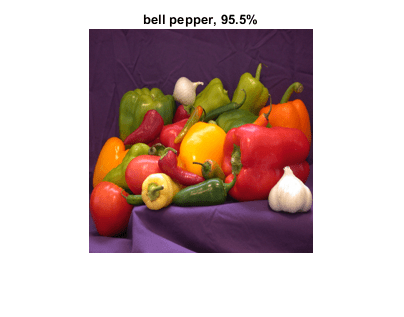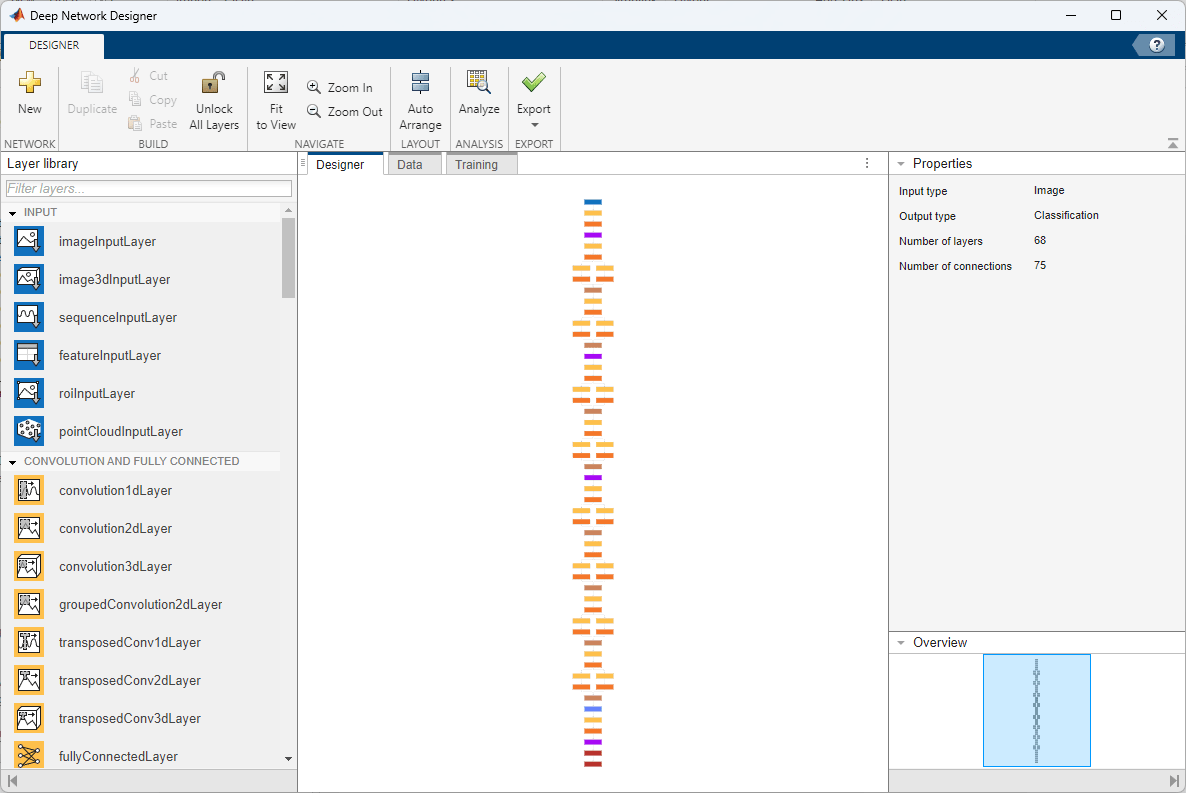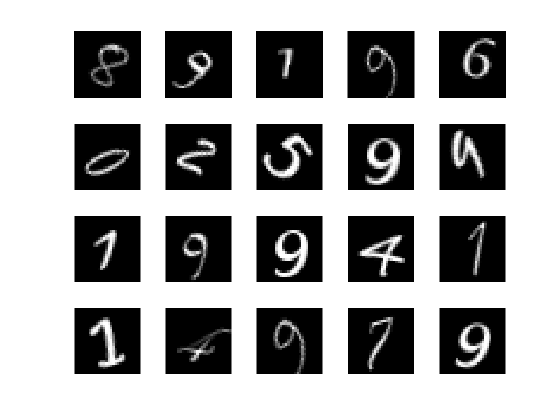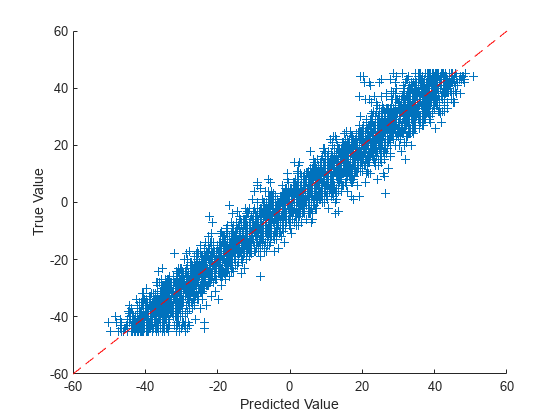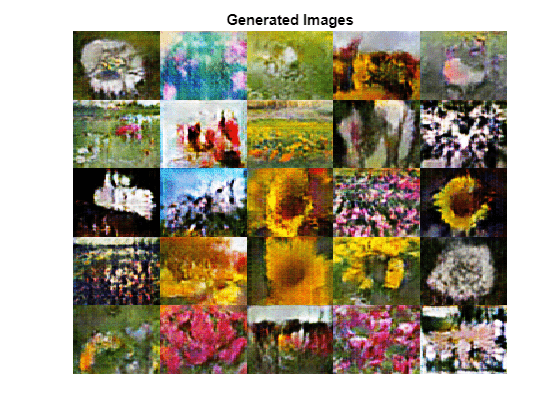Image Data Workflows
Use transfer learning to take advantage of the knowledge provided by a pretrained network to learn new patterns in new image data. Fine-tuning a pretrained image classification network with transfer learning is typically much faster and easier than training from scratch. Using pretrained deep networks enables you to quickly create models for new tasks without defining and training a new network, having millions of images, or having a powerful GPU. You can also create new deep networks for image classification and regression tasks by defining the network architecture and training the network from scratch.
You can train the network using the trainNetwork or trainnet functions with the trainingOptions function, or you can specify a custom training loop
using dlnetwork objects or dlarray
objects functions.
You can train a neural network on a CPU, a GPU, multiple CPUs or
GPUs, or in parallel on a cluster or in the cloud. Training on a GPU or in parallel
requires Parallel Computing Toolbox™. Using a GPU requires a supported GPU device (for information on
supported devices, see GPU Computing Requirements (Parallel Computing Toolbox)). Specify the
execution environment using the trainingOptions function.
You can monitor training progress using built-in plots of network accuracy and loss and you can investigate trained networks using visualization techniques such as Grad-CAM, occlusion sensitivity, LIME, and deep dream.
When you have a trained network, you can verify its robustness, compute network output bounds, and find adversarial examples. You can also use a trained network in Simulink® models by using blocks from the Deep Neural Networks block library.
Categories
- Data Preprocessing
Manage and preprocess image data for deep learning
- Pretrained Networks
Use pretrained image networks to quickly learn new tasks
- Build and Train Networks
Create deep neural networks for image data and train from scratch
- Visualization and Verification
Visualize neural network behavior, explain predictions, and verify robustness using image data
